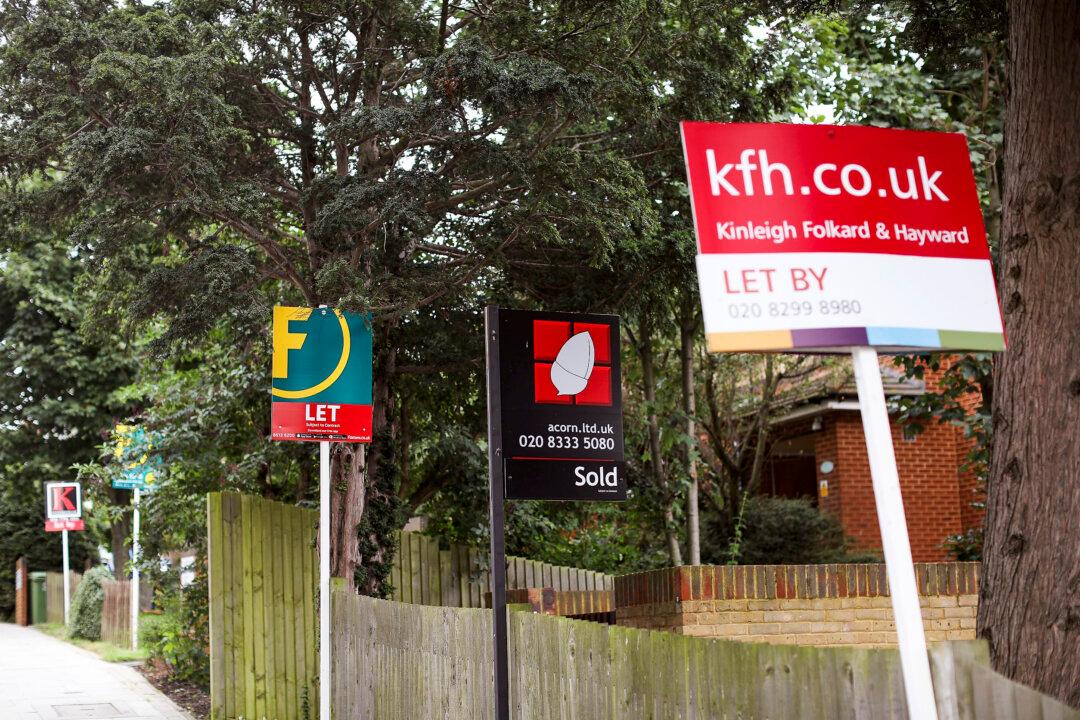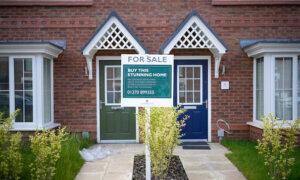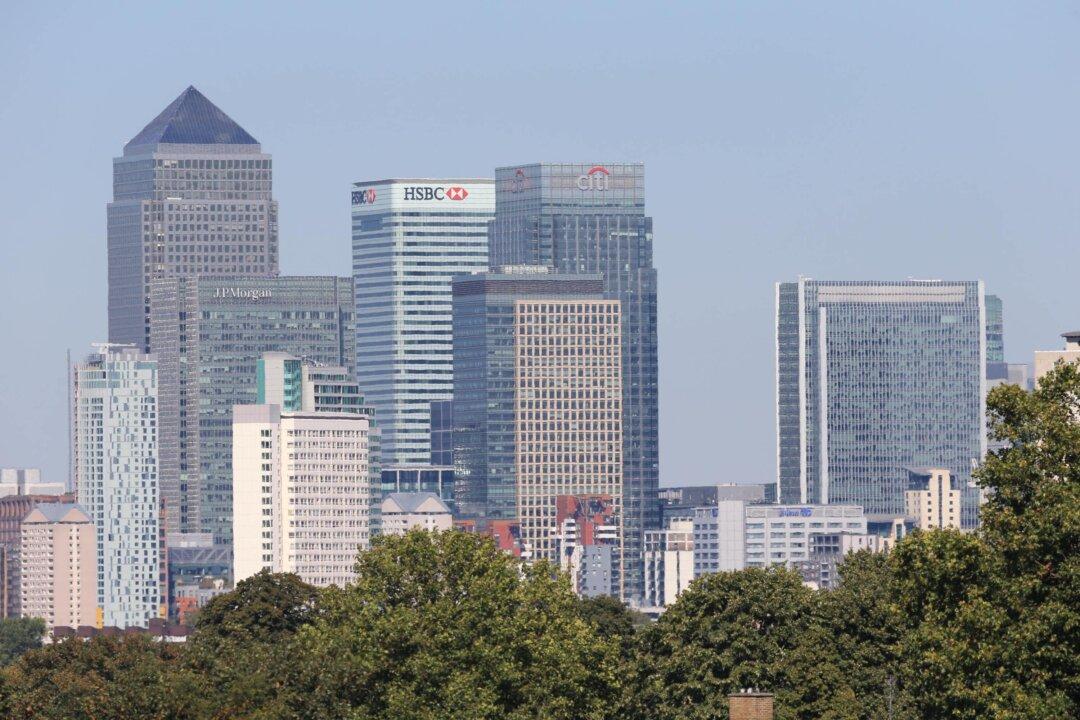Data from index published on Monday shows that the average price of a home across Britian is up 1.5 percent from June last year, with an average cost of £266,054.
The index report pointed out that despite high interest rates, house prices in the UK are only three percent lower than the all-time price record set in the summer of 2022.
Robert Gardner, Nationwide’s chief economist, said in a statement on Monday, that “housing activity has been broadly flat” over the last 12 months, with the total number of transactions “down by around 15 percent” compared to 2019.
“Transactions involving a mortgage are down 25 percent,” pointed out Mr. Gardner, in what he sees as a reflection of higher borrowing costs.
Meanwhile, cash transactions in the sale of property have increased by 5 percent above pre-pandemic levels.
“While earnings growth has been much stronger than house price growth in recent years, this hasn’t been enough to offset the impact of higher mortgage rates, which are still well above the record lows prevailing in 2021 in the wake of the pandemic,” said Mr Gardner.
“For example, the interest rate on a five-year fixed rate mortgage for a borrower with a 25 percent deposit was 1.3 percent in late 2021, but in recent months this has been nearer to 4.7 percent.
“As a result, housing affordability is still stretched. Today, a borrower earning the average UK income buying a typical first-time buyer property with a 20 percent deposit would have a monthly mortgage payment equivalent to 37 percent of take-home pay—well above the long-run average of 30 percent,” he said.
Head of UK residential research at Knight Frank, Tom Bill, commented on the report in an emailed statement to The Epoch Times, “The seasonal spring bounce in the UK housing market has been a little lacklustre this year, with demand kept in check by high mortgage rates and a degree of uncertainty around the election.”
Mr. Bill believes that a new government and the first rate cut since March 2020 should “inject more energy after the summer” and forecasts UK prices to rise by 3 percent in 2024.”
This is “very concerning” new for first-time buyers, says Amy Reynolds, head of sales at estate agency Antony Roberts.
Ms. Reynolds told PA News that while “house prices may have come off a little from their post-pandemic highs but this is more of a correction than a fall and home-ownership is still out of reach for many, with high borrowing costs not helping the situation.”
“One trend we are seeing is people looking to financially downsize to release capital to live on and pay bills, which is hugely concerning.
“The property market tends to pick up after an election. If this election is followed by an interest rate cut in August, this would set the housing market up nicely for the autumn, dispelling uncertainty and boosting affordability.”
Nationwide’s index also included data for the UK’s nations and regions, showing annual changes during the three months to June.
The index showed that house prices in England rose fastest in the Midlands and in the North, with a combined growth of 2.4 percent year-on-year.
On the other hand, Southern England saw a 0.3 percent fall.
London was the best-performing southern region, with annual price growth maintained at 1.6 percent.
East Anglia was the weakest-performing region, with prices down 1.8 percent year-on-year.







